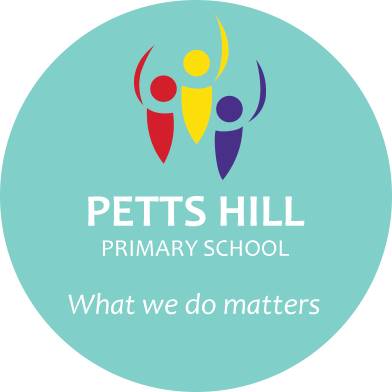Year 3
Overview of progression in Year 3
Number and place value
In Year 2, children learned about place value in two-digit numbers.
In Year 3, they will extend their understanding to include the place value of three-digit numbers – for example, 232 is two hundreds, three tens and two ones. They learn to count in 4s, 8s, 50s and 100s, and work with numbers up to 1000. They begin to use estimation when dealing with number problems involving larger numbers.
Addition and subtraction
In Year 3, children practise mentally adding and subtracting combinations of numbers, including three-digit numbers.
When using written methods for addition and subtraction, children learn to write the digits in columns, using their knowledge of place value to align the digits correctly. Children begin to use estimation to work out the rough answer to calculations in advance, and use inverse operations to check their final answers – for example, checking 312 + 43 = 355 by working out 355 – 43 = 312.
Multiplication and division
In Year 3, children learn the 3, 4 and 8 multiplication tables, and use their knowledge of doubling to explore links between the 2, 4 and 8 multiplication tables.
They use facts from these new multiplication tables to solve multiplication and division problems. Building on their work with written mathematical statements in Year 2, they begin to develop more formal written methods of multiplication and division. They will extend this in Year 4 when they work with more complex multiplication and division problems.
Fractions
Building on work from Year 2, children learn about tenths, and confidently count up and down in tenths.
They begin to make links between tenths and place value (ten units make a ten; ten tens make a hundred) and explore connections between tenths and decimal measures. Children extend their understanding of fractions to include more non-unit fractions (that is those with digits other than 1 as their numerator – for example, 1/5 is a unit fraction, and 2/5 is a non-unit fraction). They also begin to add and subtract fractions with the same denominator up to one whole, such as 3/5 + 3/5 = 4/5, 4/7 – 2/7 = 2/7.
Measurement
Children will learn to tell the time from analogue 24-hour clocks as well as 12-hour clocks. They will move on to use digital 24-hour clocks in Year 4.
They will extend their work on money from Year 2, including working out correct change. They will also learn to measure the perimeter of 2D shapes and solve addition and subtraction problems involving length, mass and volume./p>
Geometry: properties of shapes
In Year 3, children begin to learn about angle as a property of shapes, and they connect the concept of angles with the idea of turning – for example, realising that two right angles equal a half-turn.
They can identify whether a given angle is greater or less than a right angle (obtuse or acute). They can accurately describe lines as horizontal, vertical, perpendicular or parallel.
Statistics
Children are introduced to pictograms, tally charts, block diagrams and tables, using these to collate and compare information, and to ask and answer simple questions.
(for example, finding the number of items in a category, perhaps using one-to-many correspondence, or comparing different categories by quantity).
